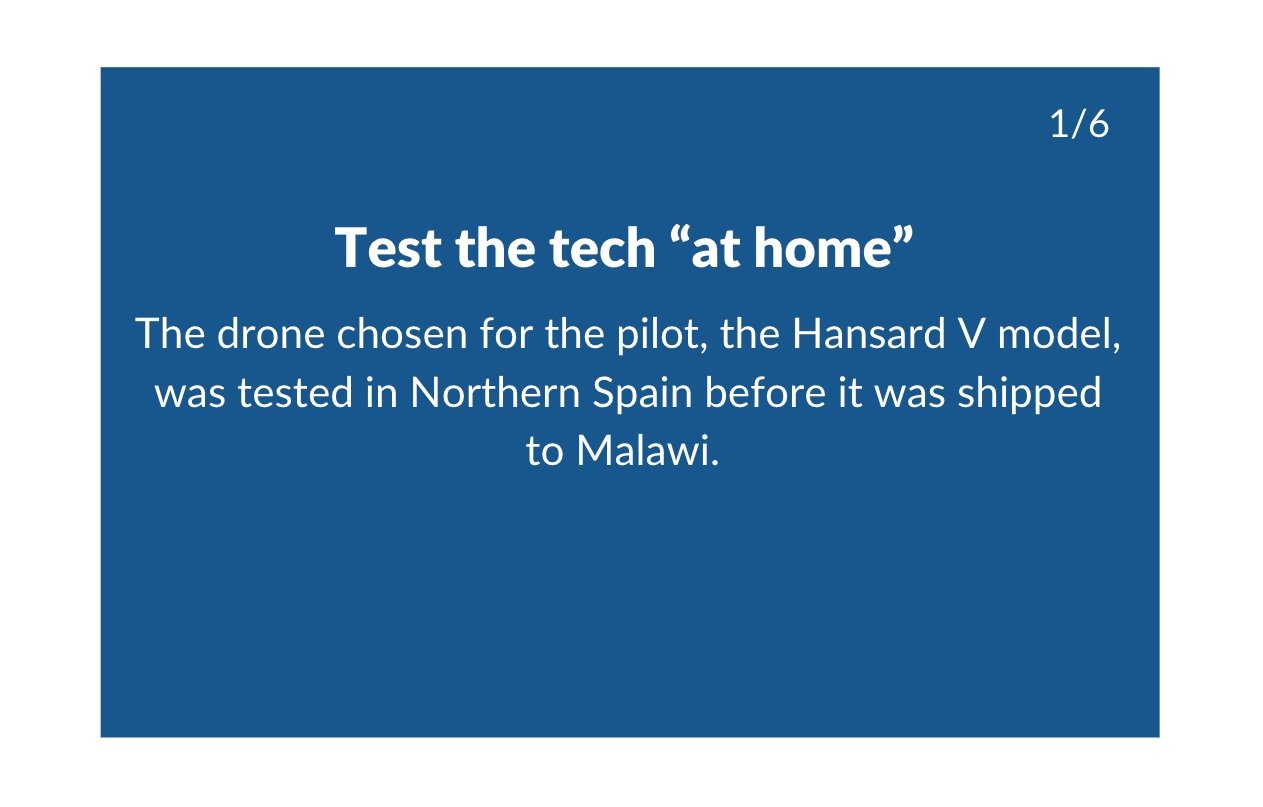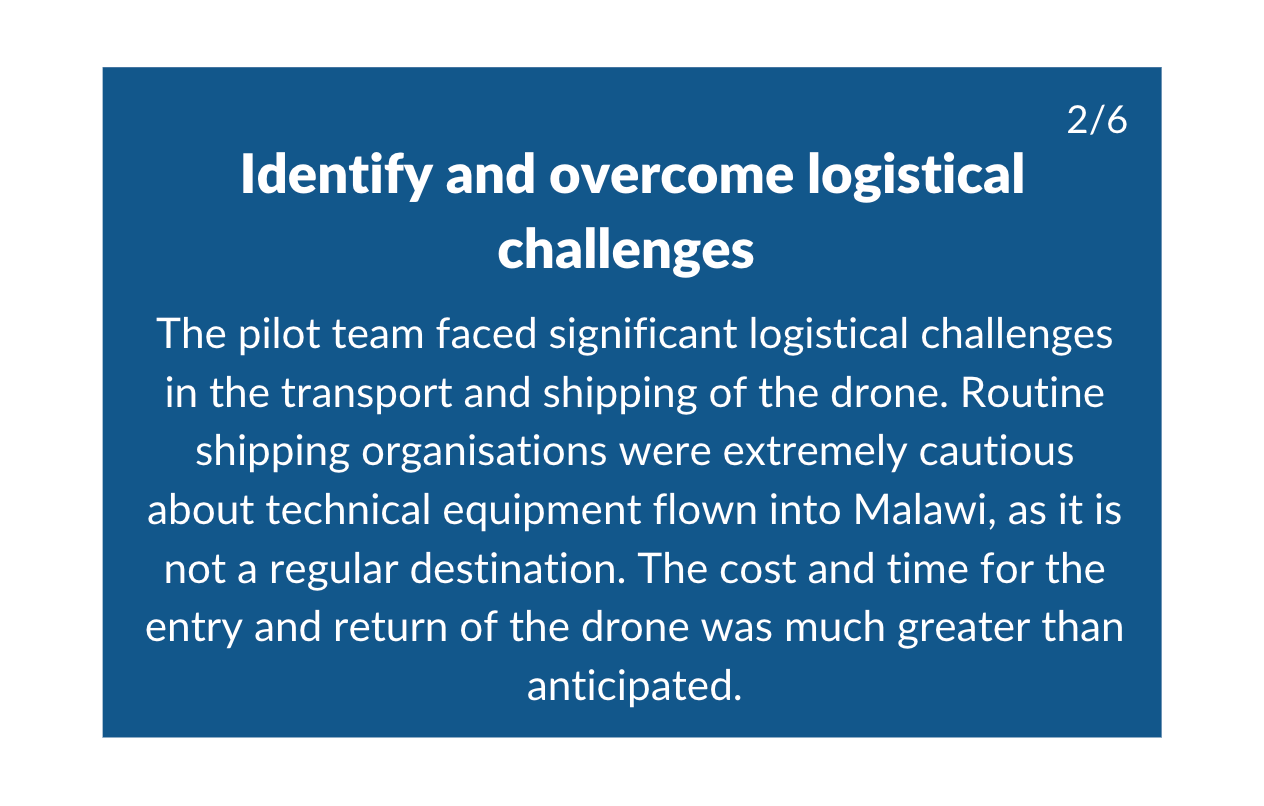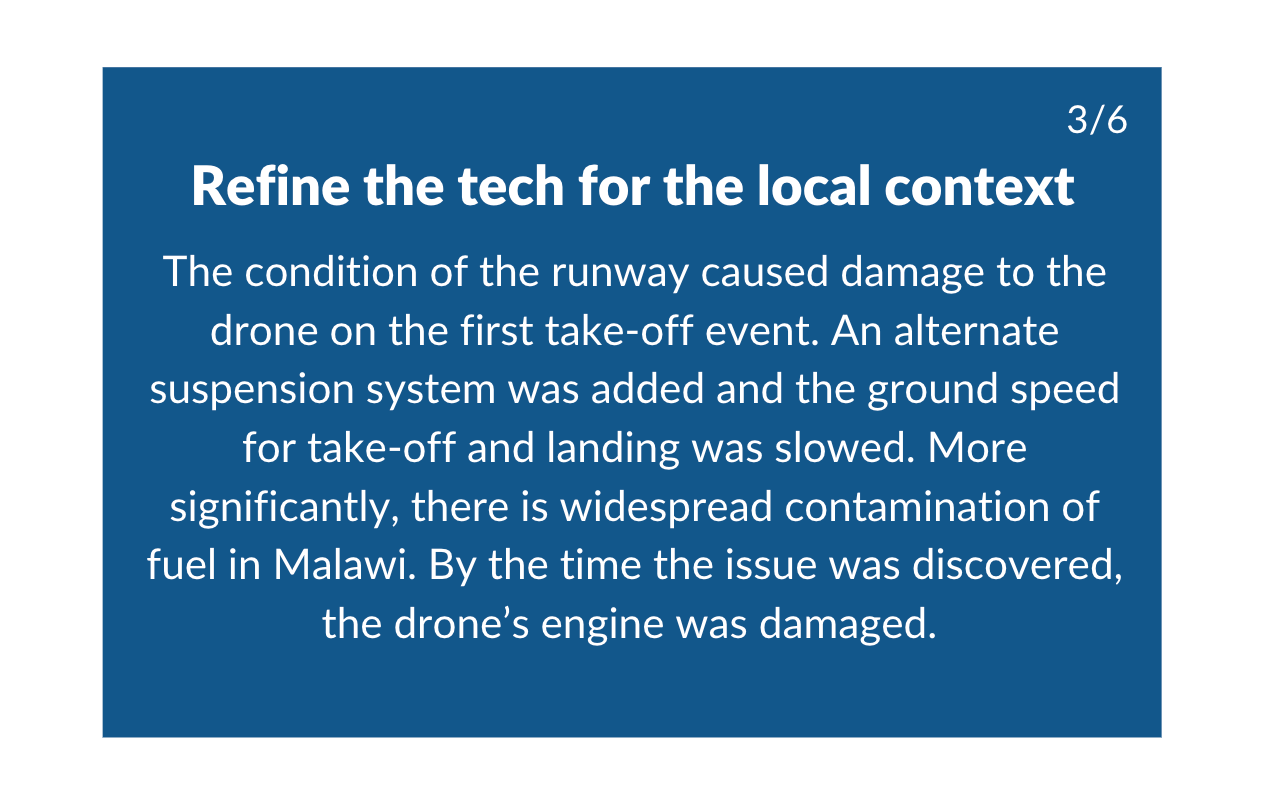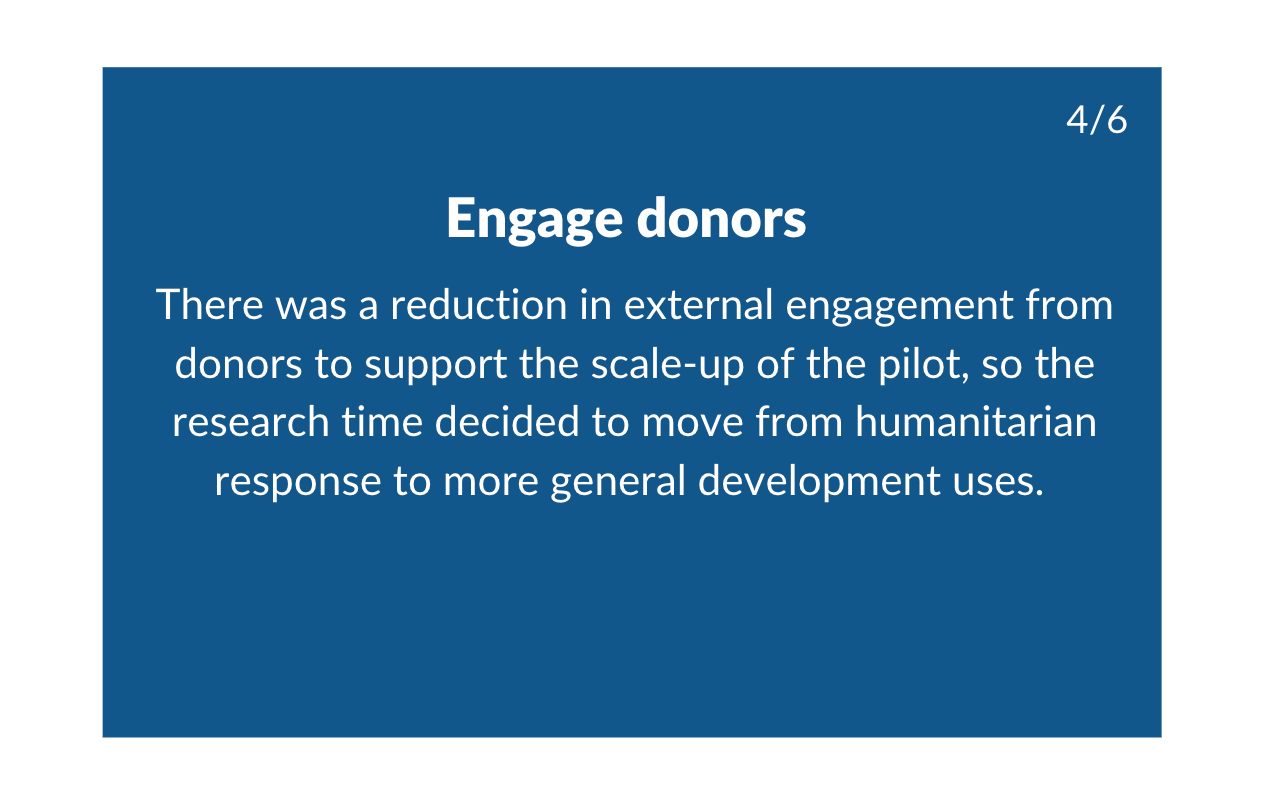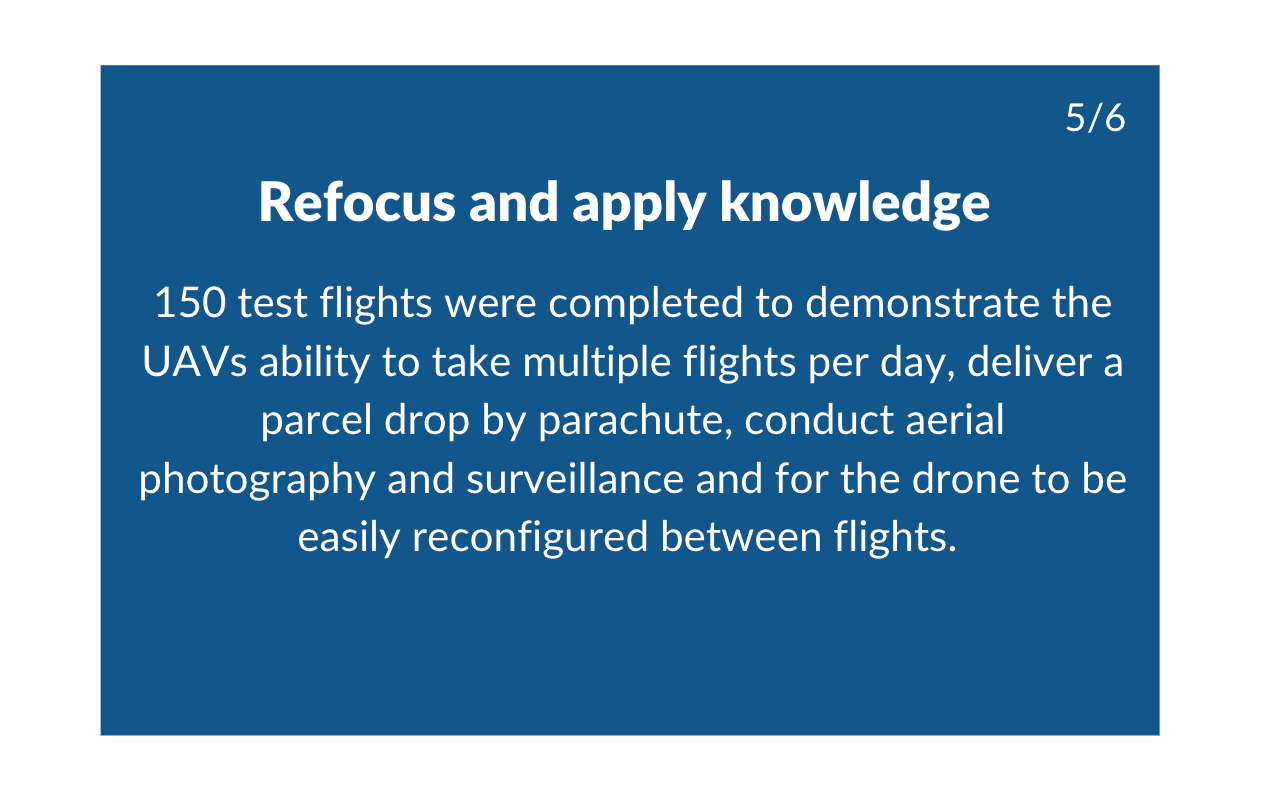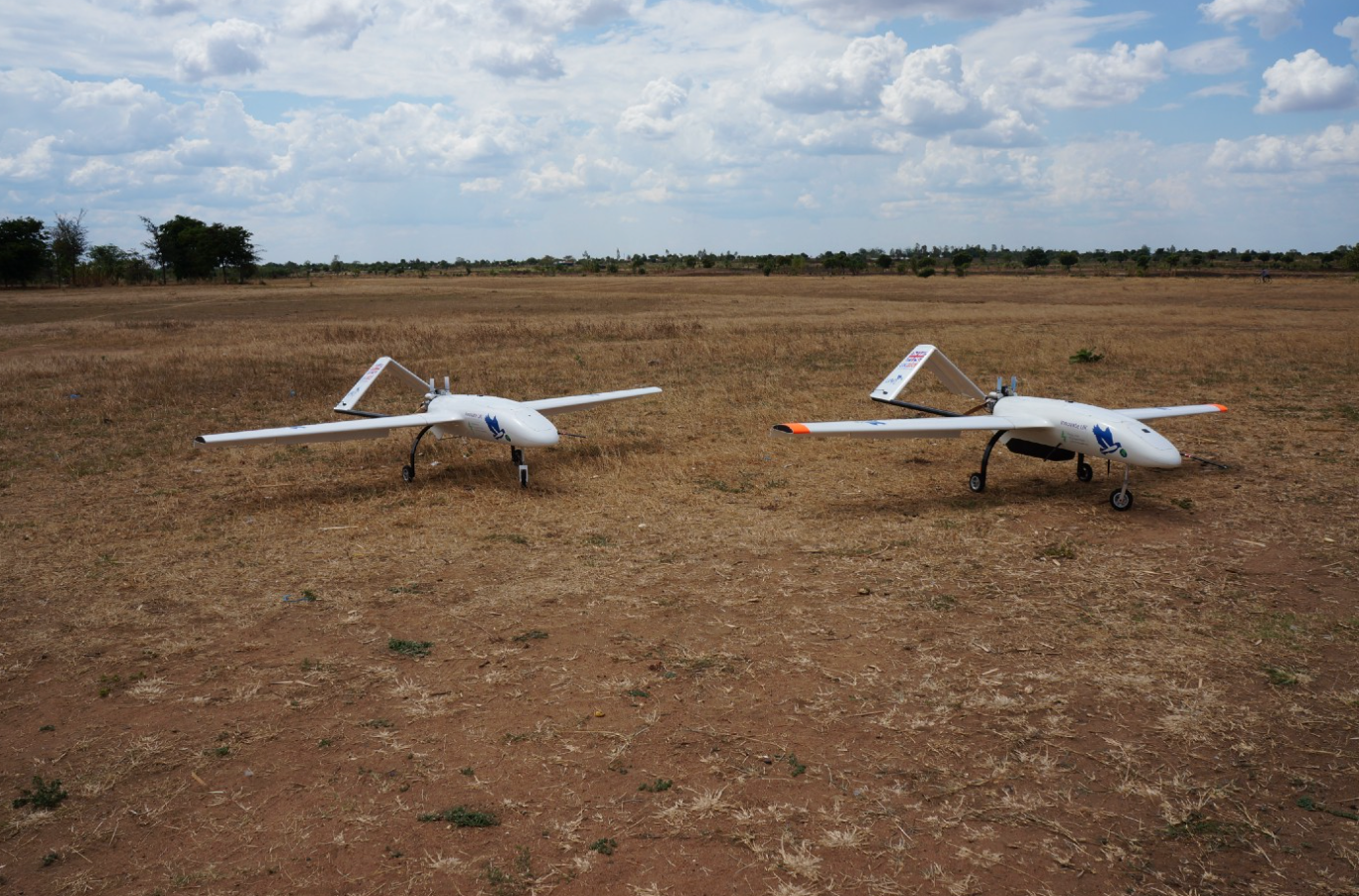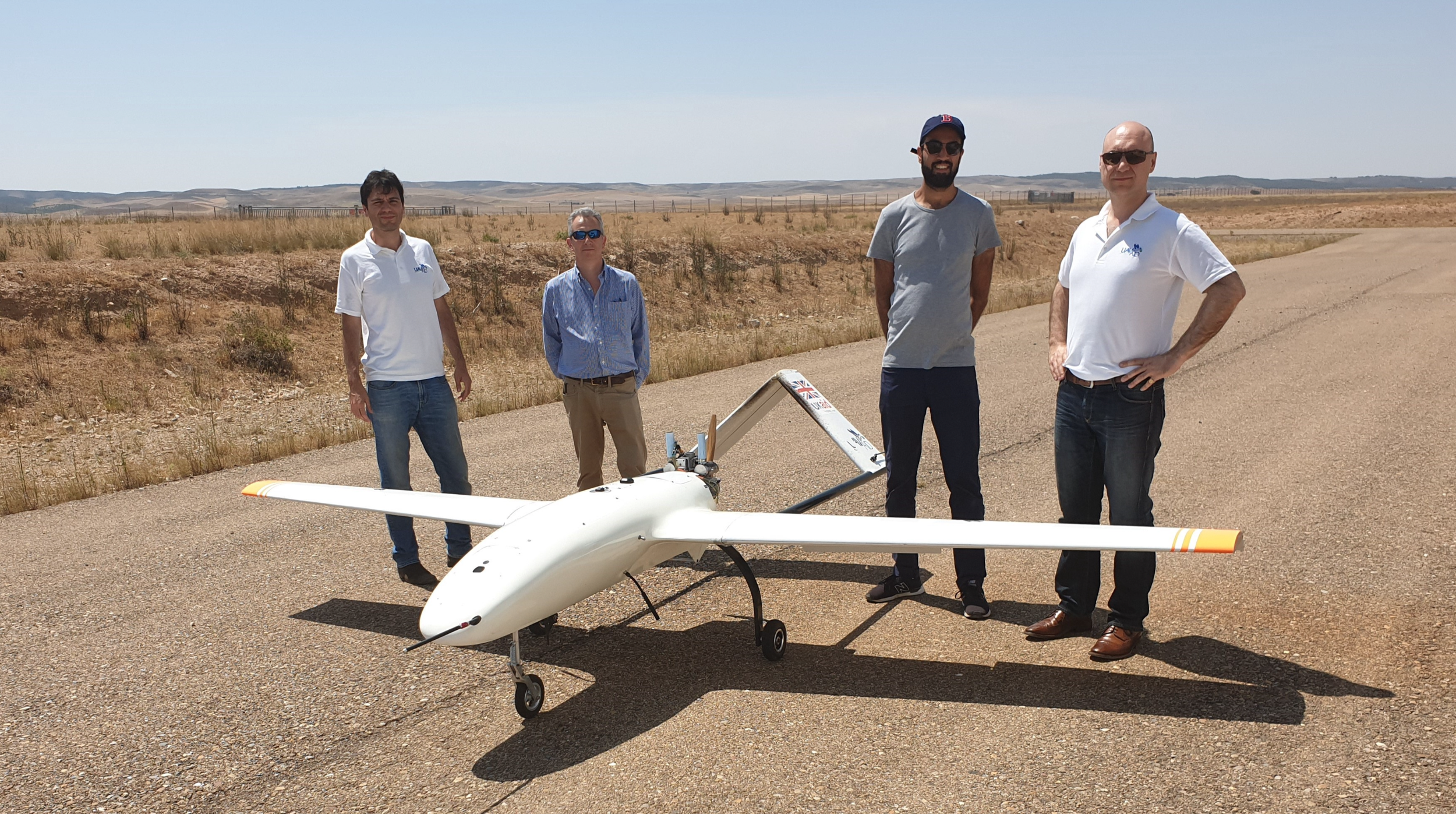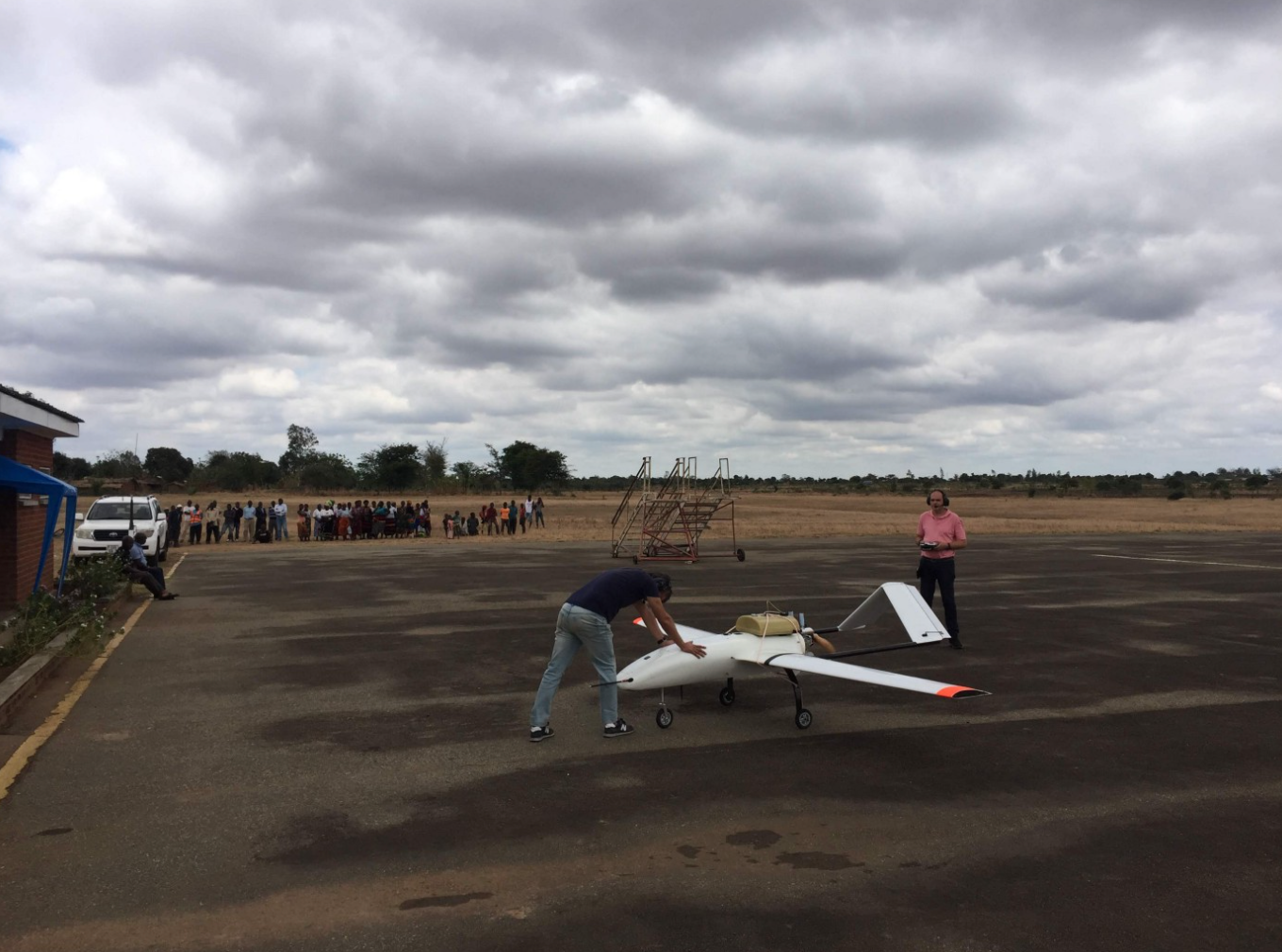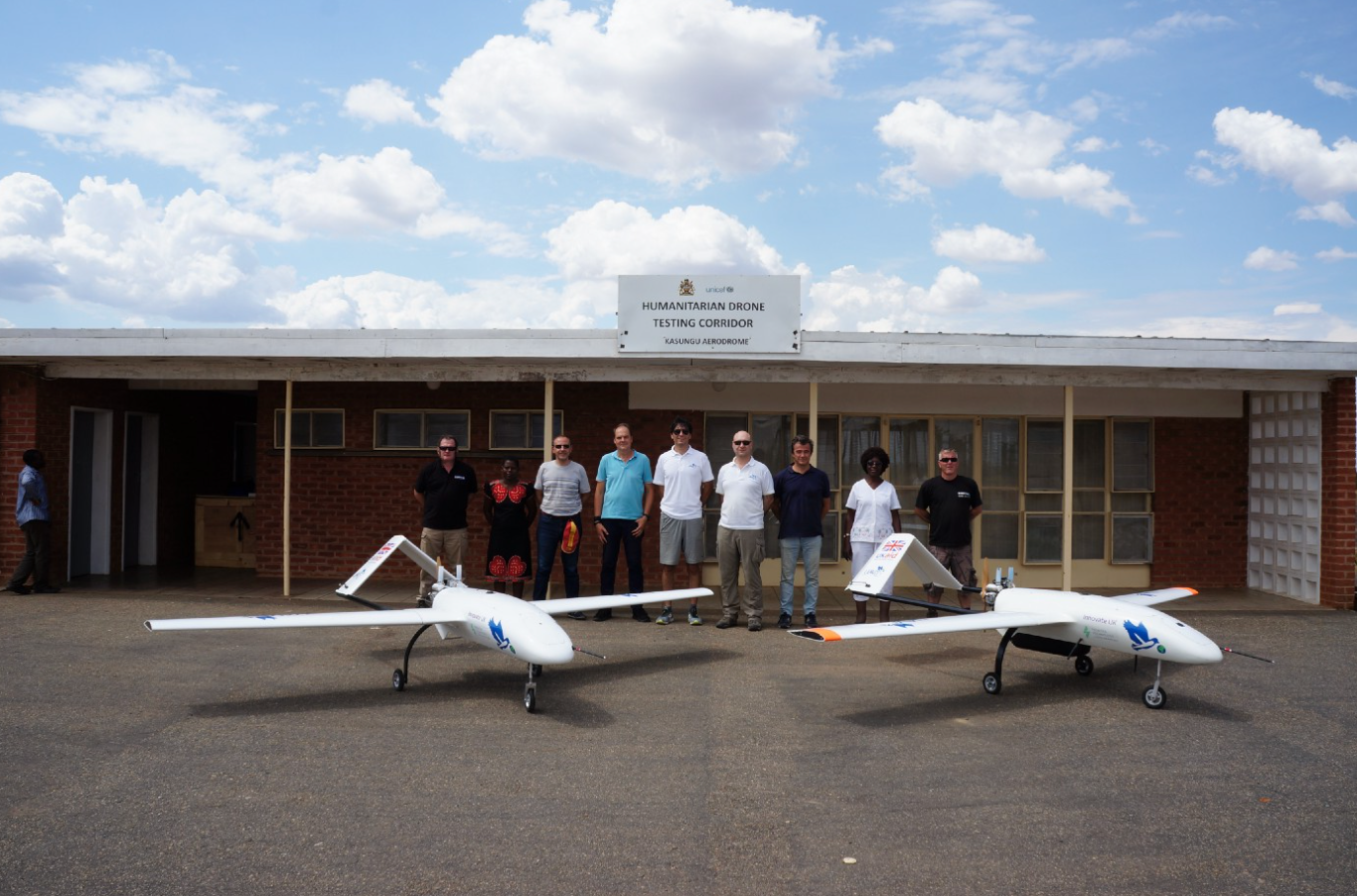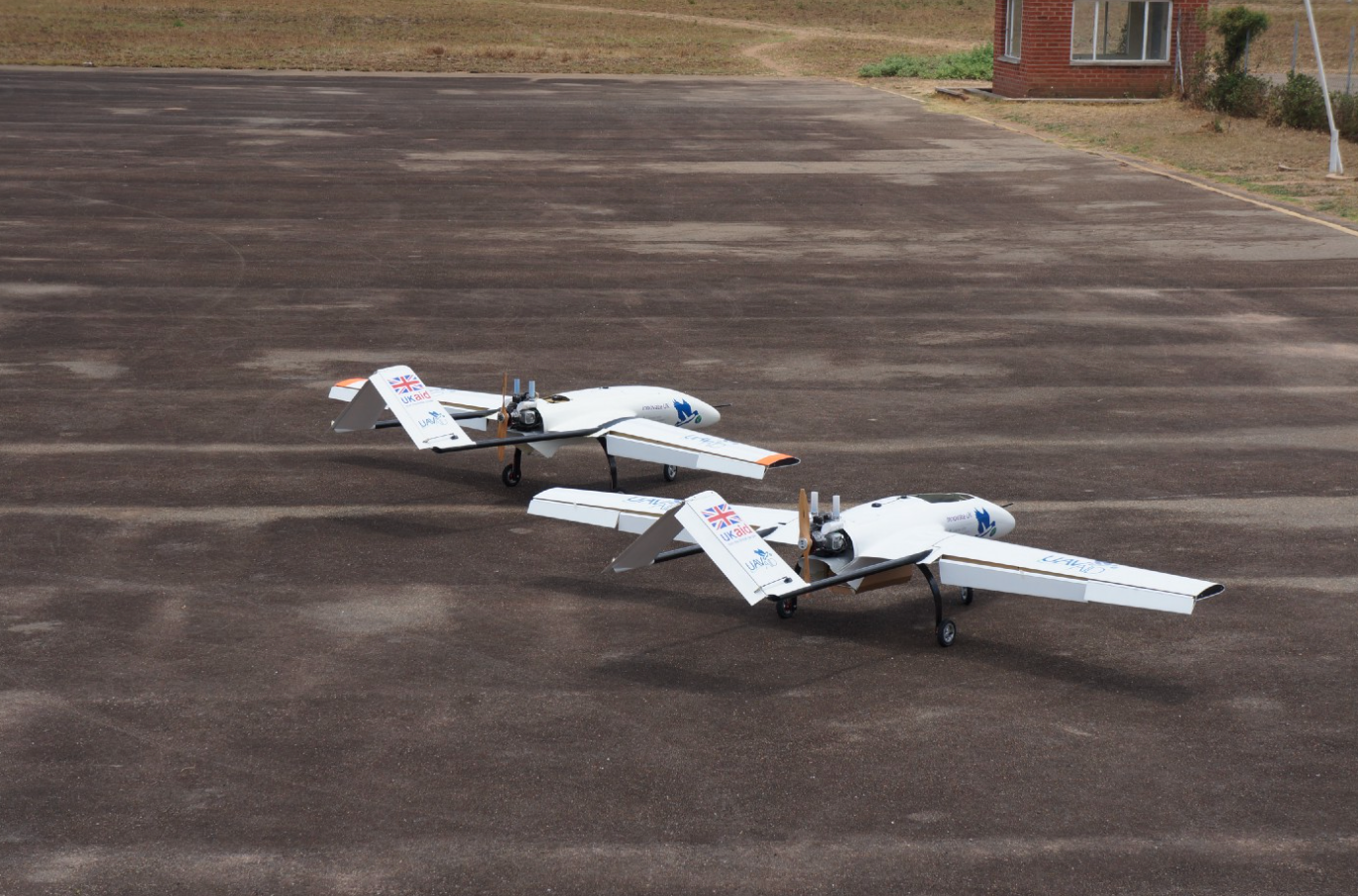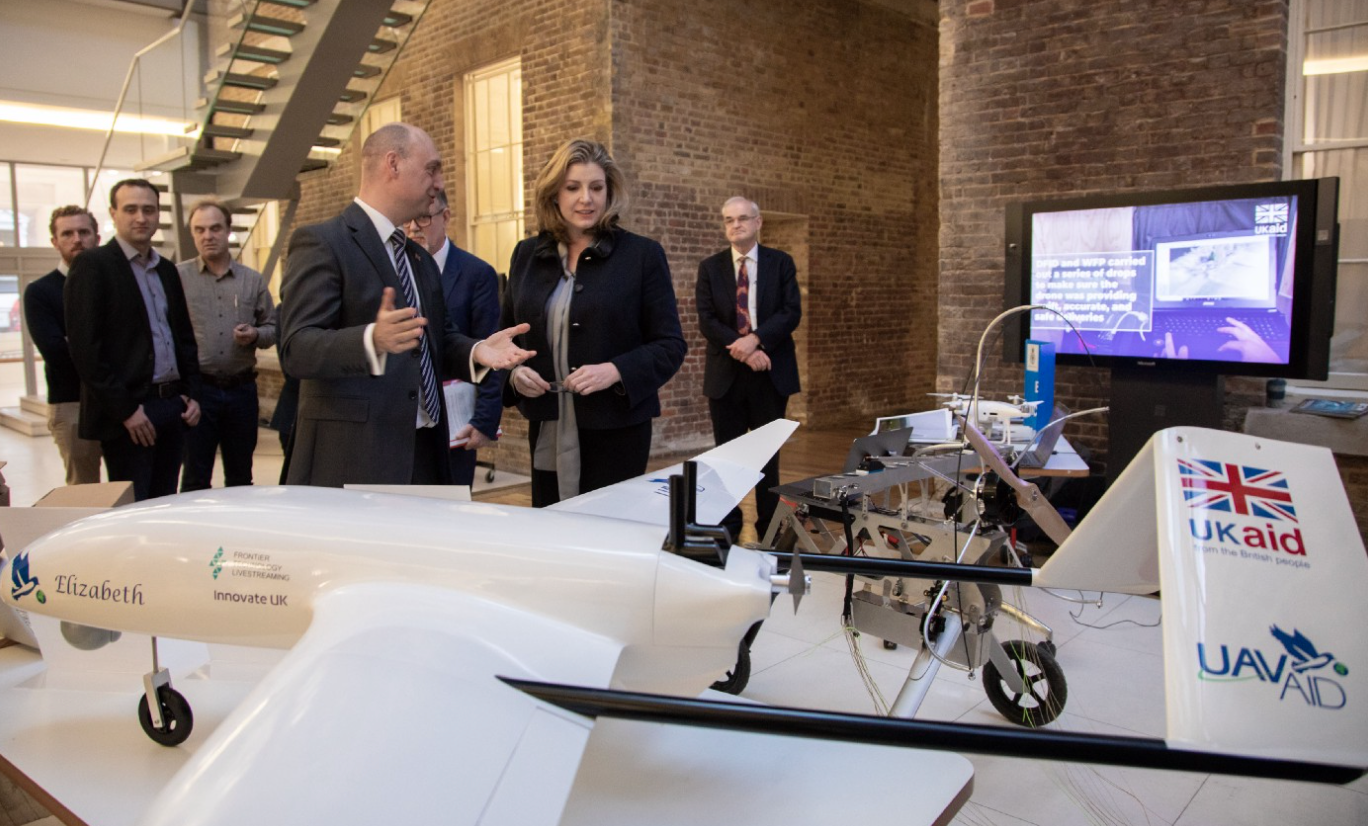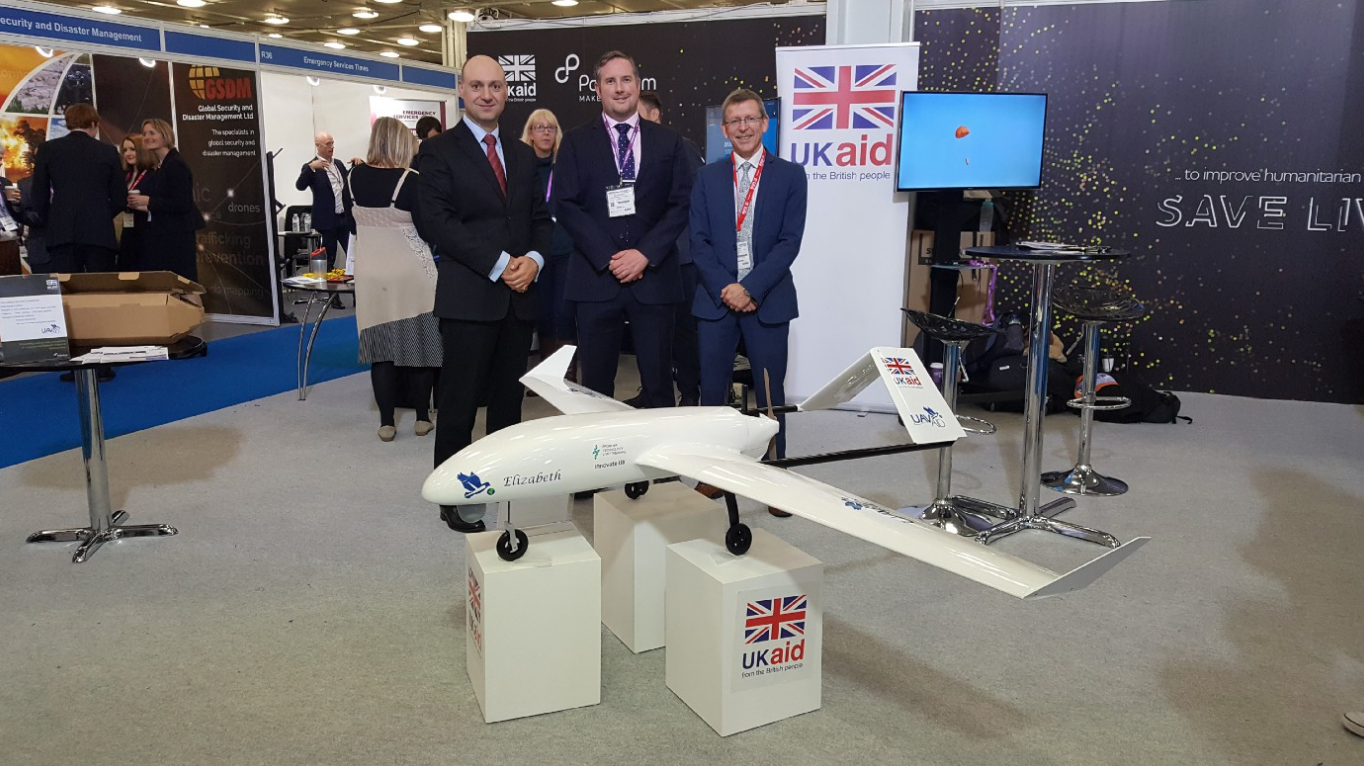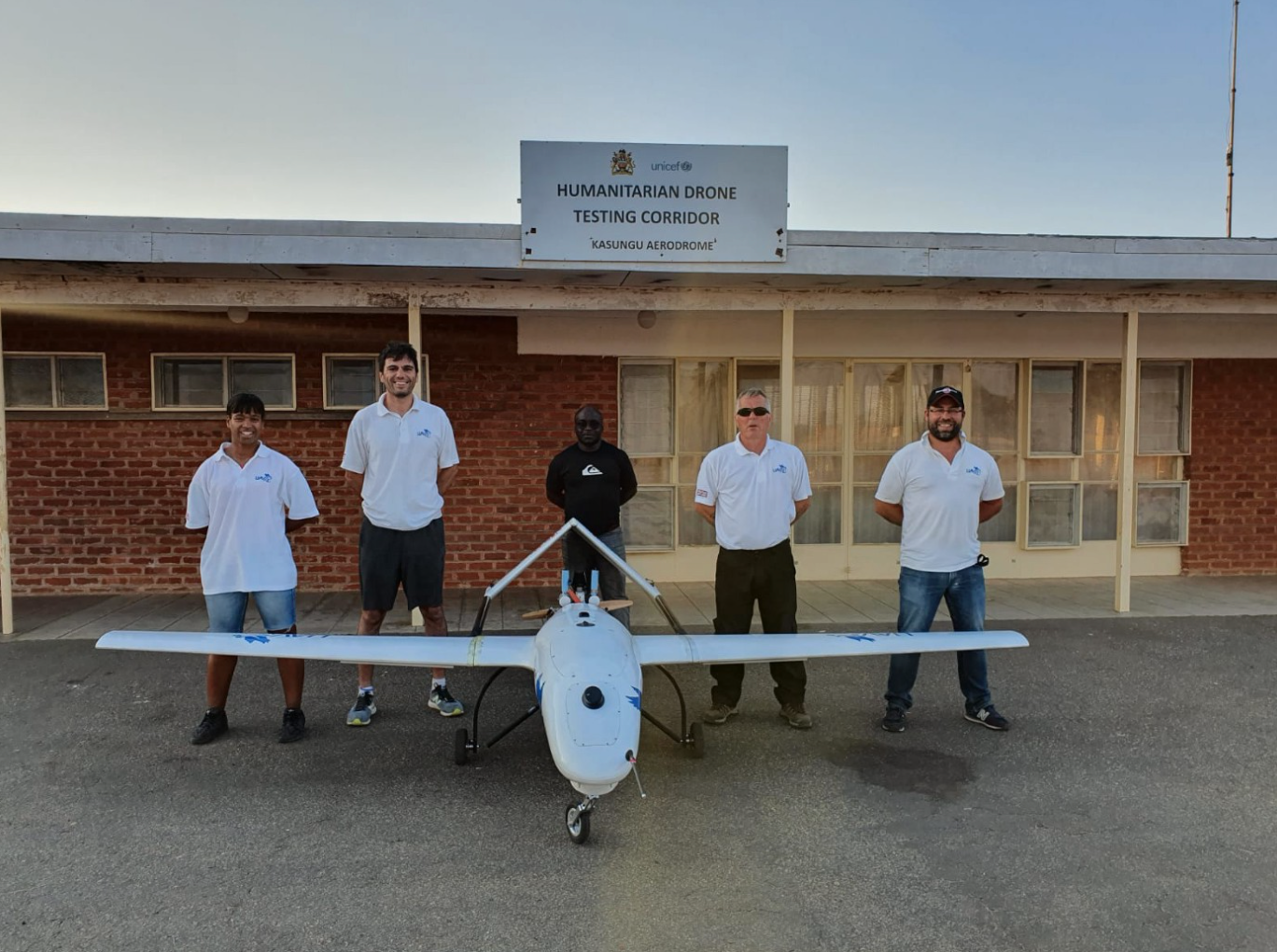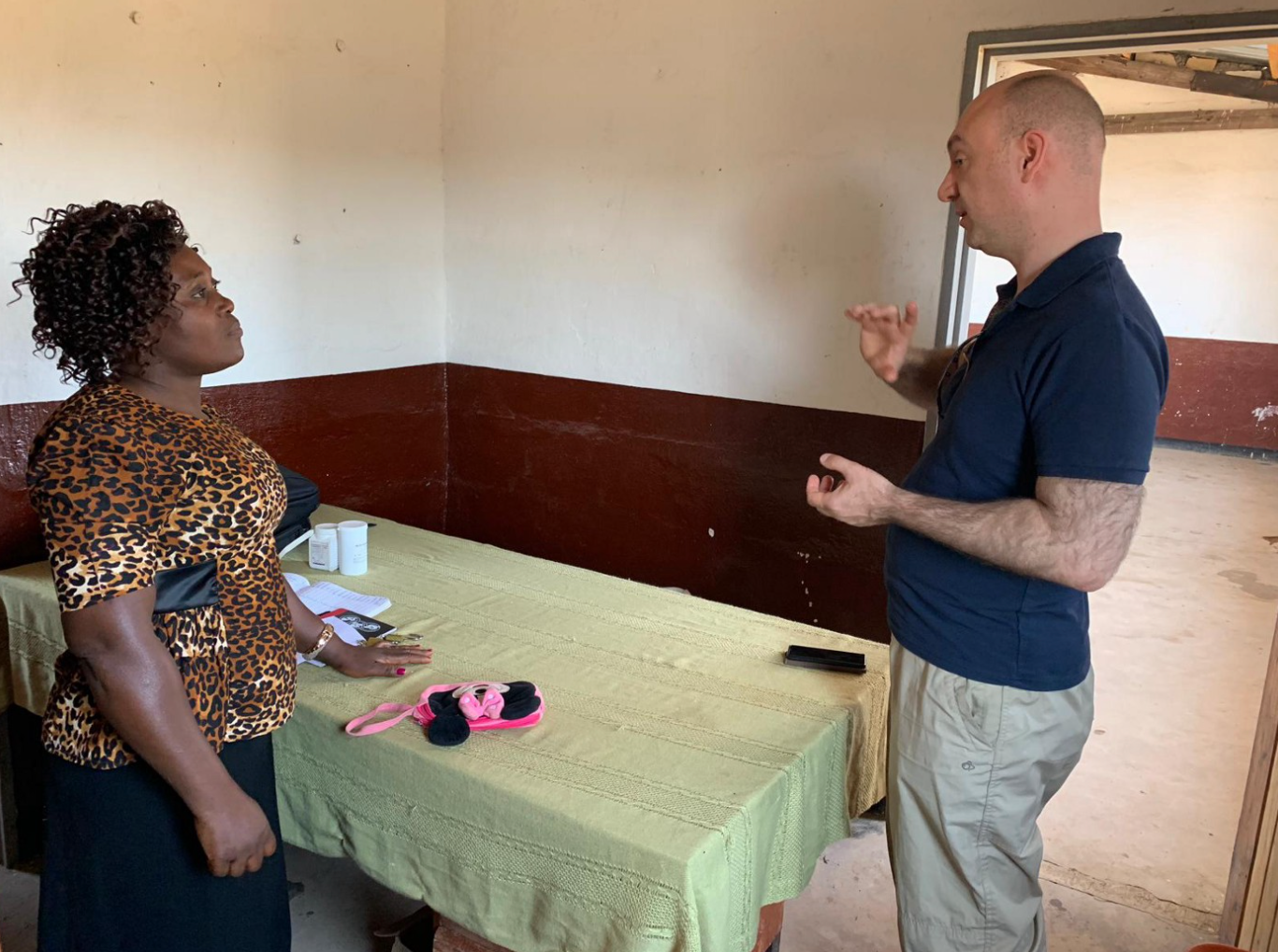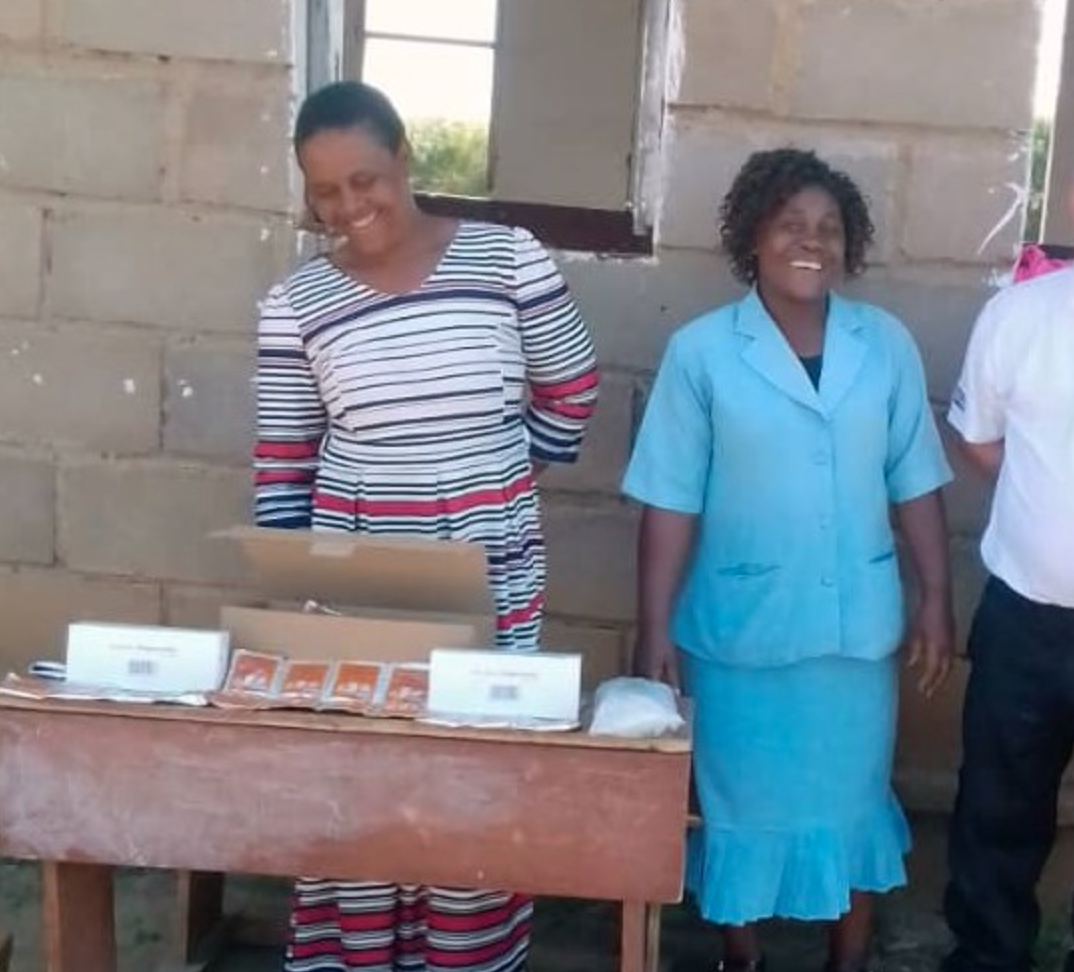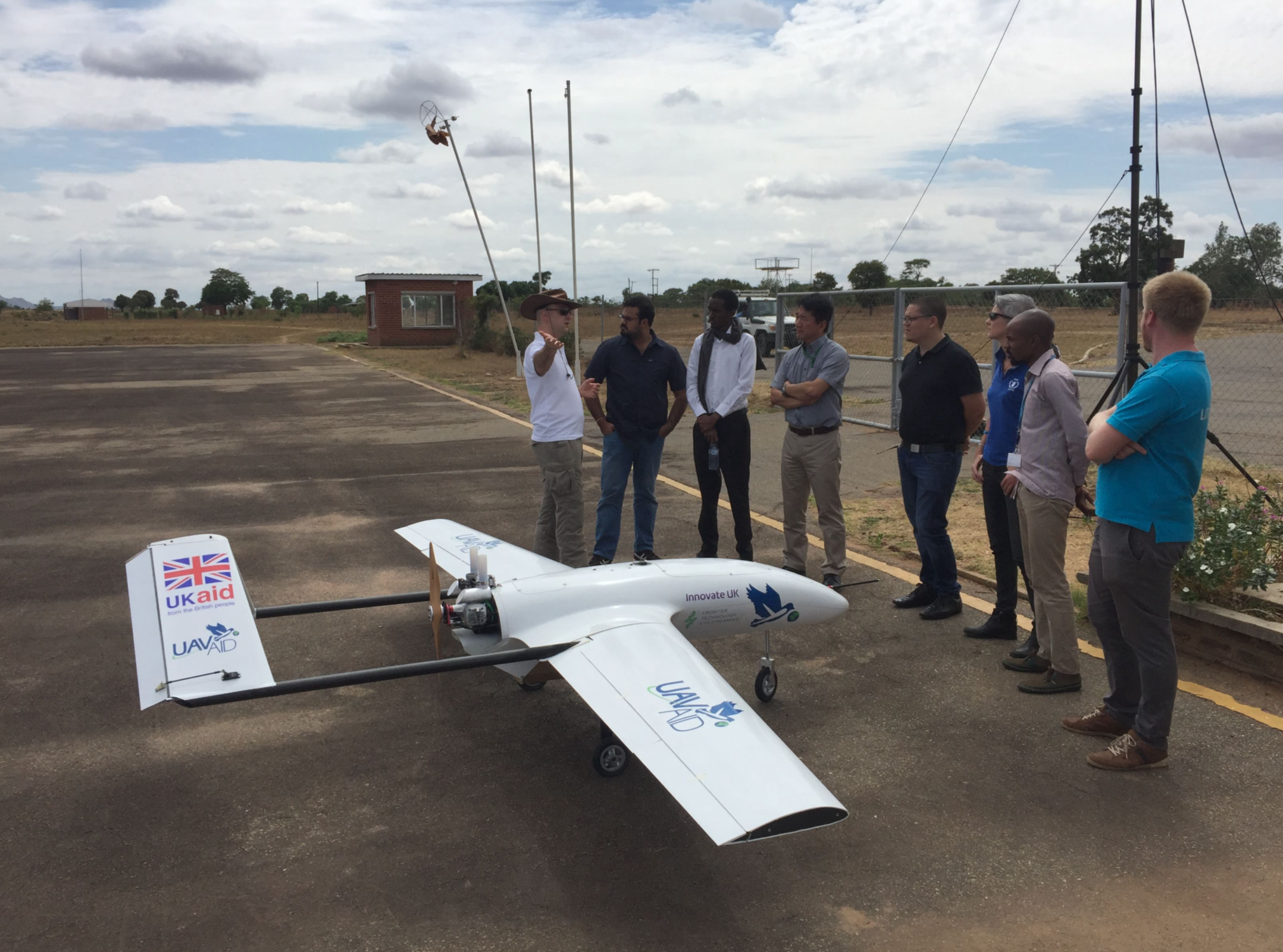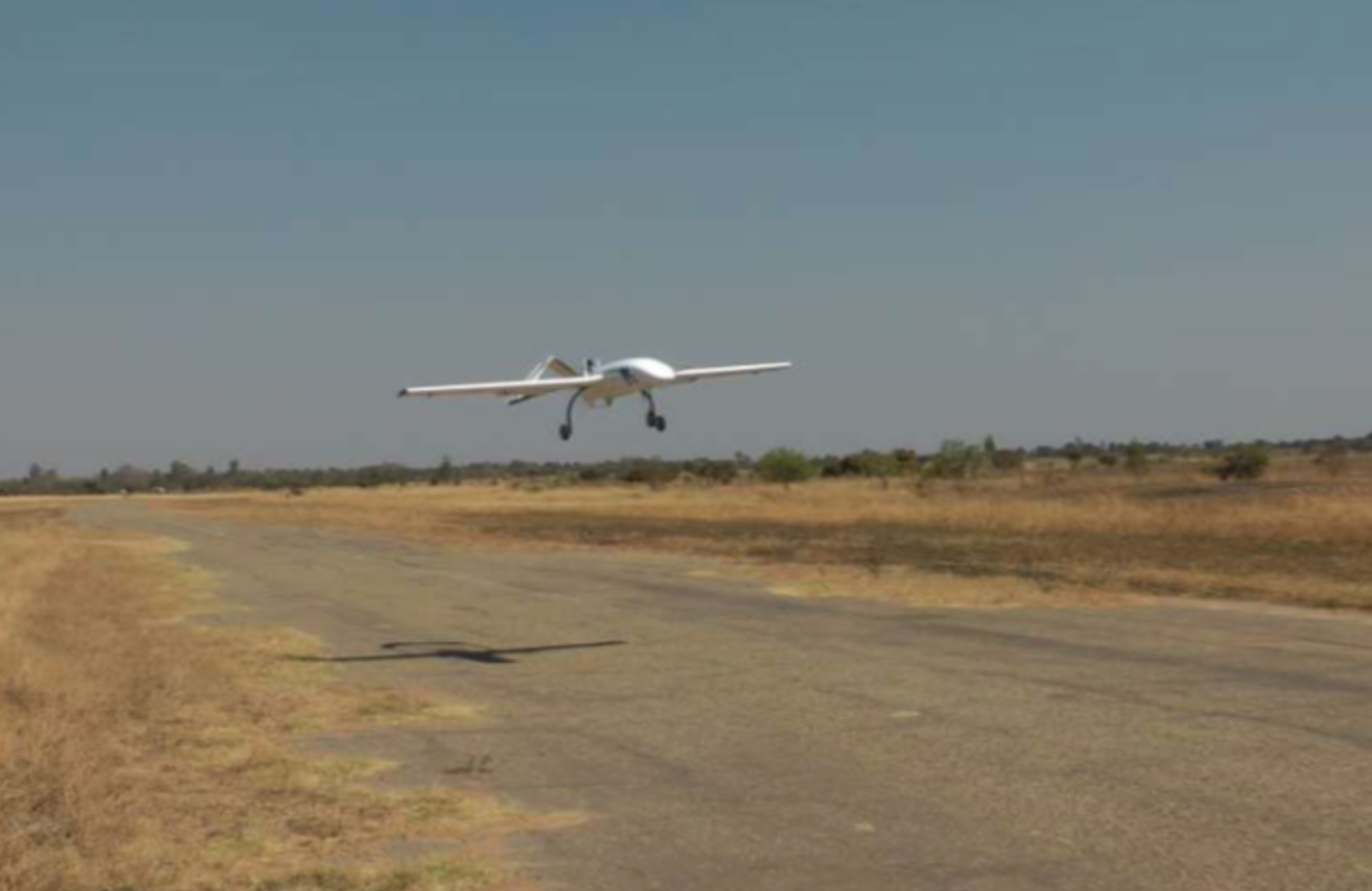A long distance UAV for multi-role humanitarian response
Can humanitarian emergency response be made more efficient by using Unmanned Aerial Vehicles?
LOCATION | Malawi
SECTOR | Humanitarian Aid & Health
TECH | UAVs
TIMELINE | January 2018 - September 2019
PARTNERS | UAVAid
The Challenge
One of the main challenges in international aid is logistics: all conflict, disasters, and epidemics need a fast and flexible response, but are often in areas that are difficult to access and have limited infrastructure suitable for delivery. 60% of aid budgets is spent on logistics, which is money that could be allocated towards communities in need.
The Idea
Unmanned Aerial Vehicles (UAVs) - or drones - could help combat the difficulties of accessing such hard to reach areas, making humanitarian aid more time and cost effective. A high-payload, long-distance drone can perform multiple logistics functions for humanitarian work, while reducing delivery time.
The Journey
What we learned
Malawi as a country could significantly benefit from multi-role drones. Between the frequent droughts and flooding, limited access to medical services and supplies and poaching, the country could utilise technological solutions, such as drones, to combat these issues that are beyond humanitarian aid.
Don’t assume that the technology will be easily transferred into a new environment, particularly a developing environment. We found it helpful to produce an absolute worst-case scenario for each section of the vehicle and devise potential pathways to technical technical issues.
Try to mitigate tech problems by focusing on the robustness of the drone design. This could look like utilising a minimal viable product that is rugged enough to handle the local terrain and then optimising it to meet local needs.
Follow the pathway: Problem → Solution → Scale. Begin by concentrating on a specific problem or outcome, then cater the technology to the context and problem. It is important to test the technical capability of the drone in a specific use-case before considering scale.
All photos on this page were taken by the pilot’s implementing partner, UAVAid.Read more
Explore the step-by-step journey of the pilot – Pilot Story
Read 7 tips in preparing to deploy a drone and 7 reflections from running the UAV pilot
Learn more about the pilot’s initial tests — “The UAV Air Bridge Goes To Africa”
Discover how UAVAid integrated the delivery drone into the healthcare supply chain — What was achieved and lessons learnt & “Embedding into Existing Systems”



